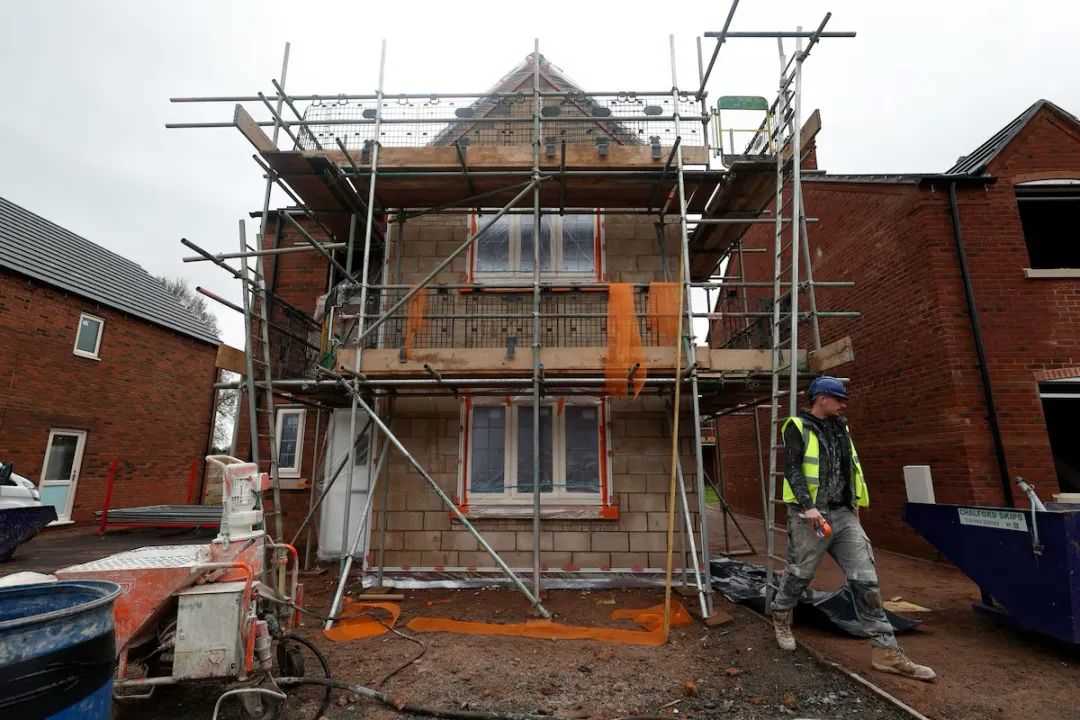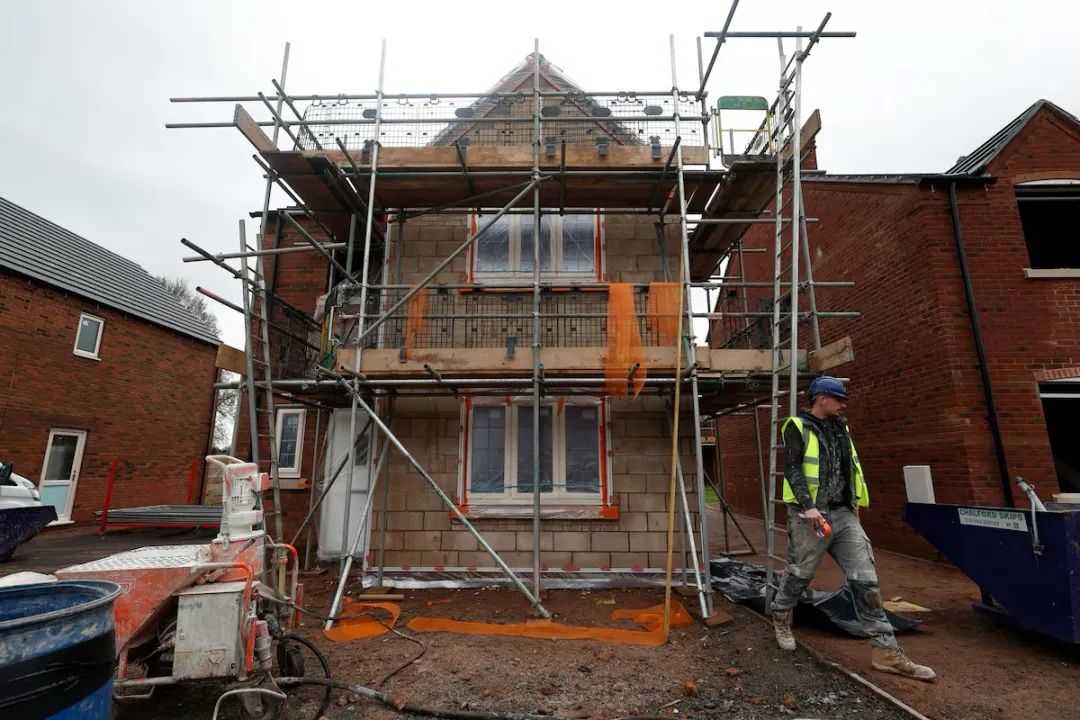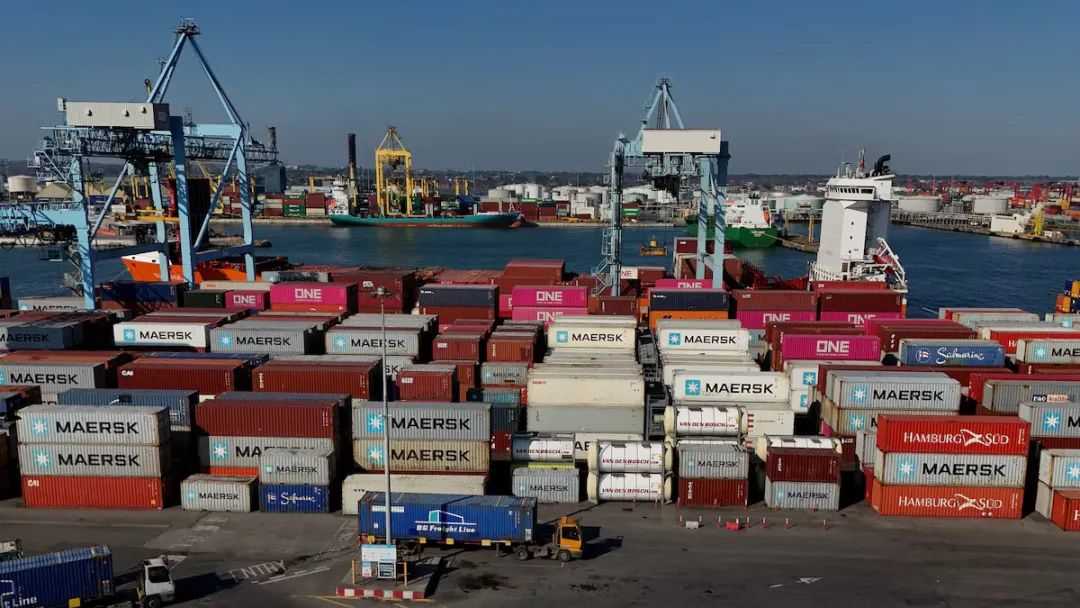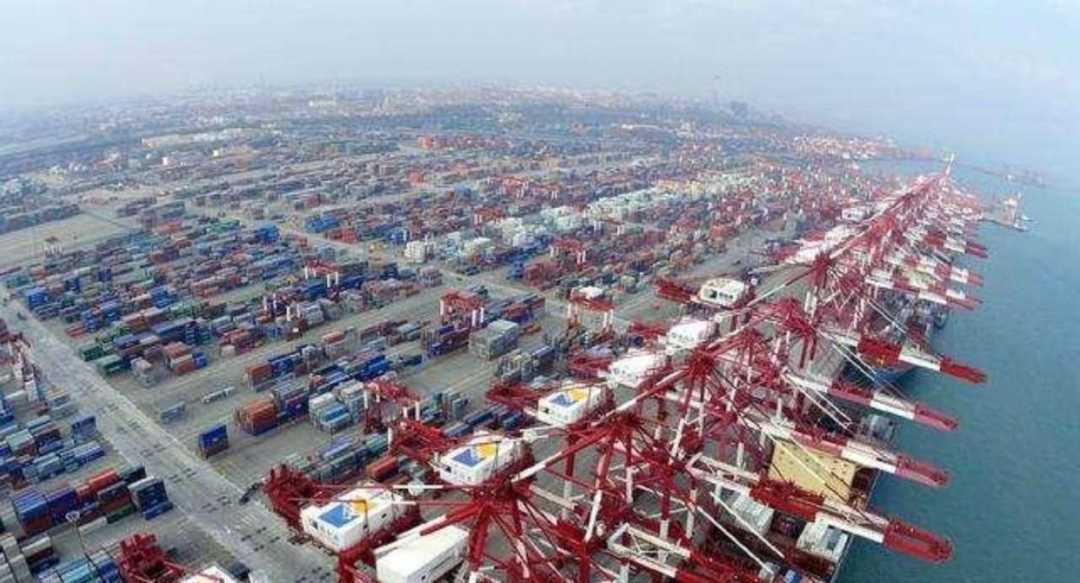UK Construction PMI Rises to 6-Month High in June but Remains in Contraction
Britain’s construction sector showed mixed signals in June, with the Purchasing Managers’ Index (PMI) edging up to 48.8—its highest level in six months—yet still lingering below the 50 threshold that separates expansion from contraction. A stark divide emerged within the industry:

Source: Images from the Internet, if there is any infringement, please contact the removal of
- Residential construction expanded for the first time since September 2024, becoming the key growth driver, buoyed by easing interest rates and improved affordability for private buyers.
- Commercial building activity, however, contracted at its fastest pace since mid-2020, reflecting heightened uncertainty over economic prospects and weakening client confidence.
Broader challenges persisted: Total new orders fell at an accelerating rate, and businesses’ expectations for future activity dropped to their lowest since December 2022. Cost pressures also remained acute, with input price inflation hitting a near two-year high as firms passed on rising energy, fuel, and wage costs to clients.
The Construction Products Association (CPA) revised down its growth forecasts in response: It now expects 1.9% growth in construction output for 2025 (down from 2%) and 3.7% for 2026 (from 4%). The downgrades stem from subdued economic growth projections (GDP is forecast to rise just 1% in 2025) and external risks posed by U.S. tariff policies.
To counter these headwinds, the government announced £1.78 billion in funding for the Sizewell C nuclear project, which is expected to create over 10,000 construction jobs. The project will use a Regulated Asset Base (RAB) model for the first time to control costs—where consumers contribute to financing during construction, reducing upfront taxpayer burdens.
Structural challenges endure, though: Commercial real estate continues to shrink under high borrowing costs, while public housing output fell 7.1% in 2024 due to funding reallocations and regulatory constraints. While lower interest rates are expected to support private housing construction (projected to grow 4% in 2025), the sector’s broader recovery will depend on the effectiveness of policy measures and the pace of future rate cuts.









